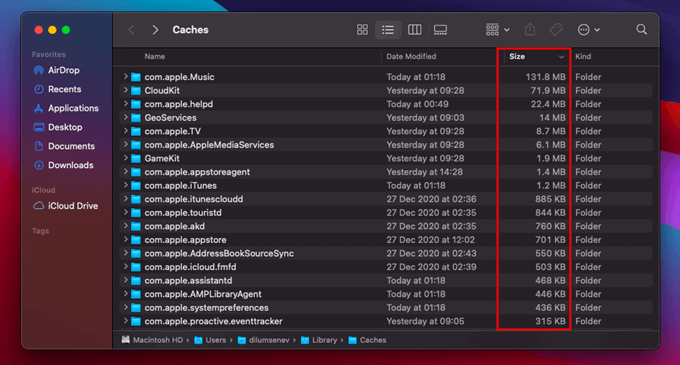

NAS in RAID enables effective, immediate network scaling. Suffice to say that strong networks are essential in business – but equally essential is their ability to grow and scale, and scaling is as much to do with the security of data as it is total terabytes on a network. Lastly, when considering the appearance of a device, remember that svelte, unassuming NAS devices might look the best, but they typically lack the options for expandable storage that their bulkier brothers possess. not fixed) additional disks can be added with relative ease. Up to 10TB is sufficient to meet the needs of most home users and in open devices (i.e. Whenever possible, look for an expandable NAS device. A single-bay device means no out-of-the-box redundancy.Īlso, many NAS devices aimed at home users have fixed disks – which means you can’t swap a disk for one with greater amounts of storage. Why? Because data stored on a single drive doesn’t allow for a back-up contingency, which is far from ideal. While it’s not necessary to have a NAS with four bays, at least two bays are recommended. Devices typically feature one to four bays, which corresponds to the number of hard disks – and therefore additional storage – the device can accommodate. It’s better to create the dual protection of simultaneous creating a local backup and an off-site version you store in the cloud in case.)Īn additional, essential consideration when selecting a NAS device for home use is the number of drive bays. (Keep in mind though that on-site backup alone is insufficient for truly securing your data.
#Mac system storage grew software
NAS can provide easy storage for on-site backup using Time Machine or other third-party software such as Acronis True Image. With so many Apple devices being used at home – from iPhones and iPads to iMacs and MacBooks – individuals and families need a safe way to back-up their devices. Examples of AFP supported NAS can be found at the end of this article. They are also an easy and convenient way to share files via a central hub.įor this kind of application, it’s important to choose a NAS solution that supports AFP (Apple Filing Protocol) in order to retain the convenience of Spotlight file searching (with content searches) and Apple’s Time Machine NAS backup. They’re commonly used for media storage that’s accessible by any device connected to the network. Many home network users are turning to NAS devices as a cost-effective solution for introducing shared storage between a few users, since it’s a one-time expense instead of the recurring costs required by some other options. They are frequently used as adaptable storage capacity, ‘private cloud’ shared storage, centralized and secure data storage, and as a backup destination for device data. NAS devices are used in a variety of ways in home and enterprise environments. And unlike external USB storage drives, NAS file shares are simultaneously accessible by every network user. Instead of each user using their own local storage or cloud storage (Google Docs, Dropbox, etc.), NAS devices offer a way to have all files under one roof.

NAS provides safety, control, and convenience. That’s because they allow you to simply add-on to current network hardware, without having to replace the existing storage solutions. They’re a convenient storage solution for anyone dealing with ever-increasing file sizes – either at home and at work. NAS devices connect through a network’s router or switch to provide simultaneous access to file shares. Used for both home and business networks, NAS devices can expand and supplement a network’s storage capacity and facilitate easy file sharing.


NAS (Network Attached Storage) is a file storage device that serves as a centralized point of data access and retrieval for network users and heterogeneous clients.


 0 kommentar(er)
0 kommentar(er)
